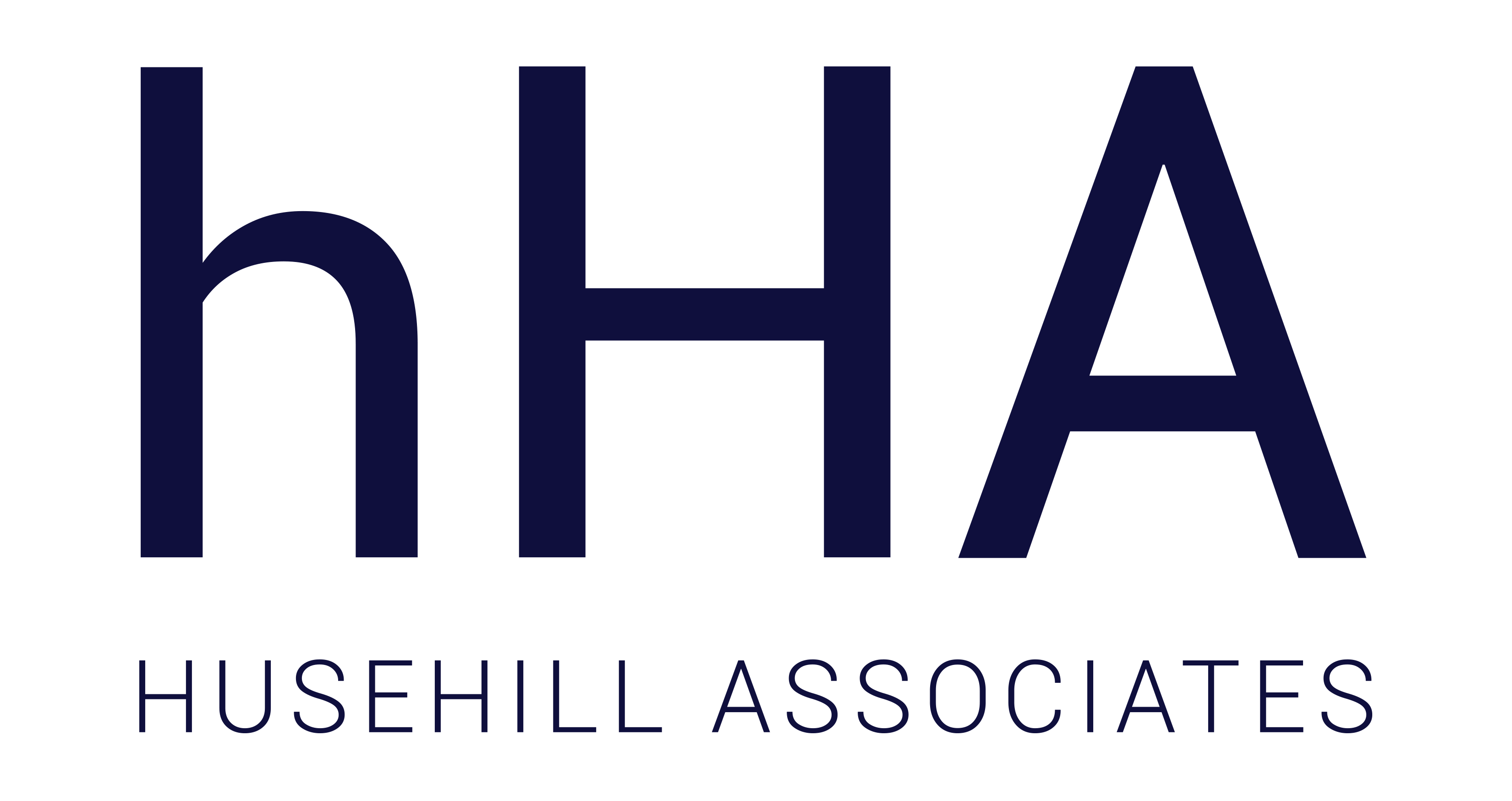Post Statistics
This post has 767 words.
This post has 4966 characters.
This post will take about 3 minute(s) to read.

An organisation’s strategic outcomes are realised through its people’s effort. Training enhances the core competencies of the people which will ensure the best results possible. Sales training is an obvious example as you want these people to sell more which brings in more revenue for the organisation. However with additional sales comes extra work for the operational people within the organisation so you will need to either hire more staff which kills the profit or train the existing staff to be more productive.
For an organisation to become an employer of choice they need to have a learning culture. The investment strategy to create a learning culture needs to recognise and support the fact that;
70% of people’s learning is practical on the job experience. These are real life experiences and situations people typically find themselves in, therefore providing them the opportunity to apply and try their new insights and skill sets. These real life situations are where the majority of the people spend their time anyway.
20% is feedback and support from managers of how well they have applied their learning and/or if they have got it wrong then how to correct it.
10% is in a formal and structured classroom environment. Which can be a mixture of roadshows, supplier product training and eLearning.
However the problem with roadshows and supplier product training sessions is that they are hit and miss when it comes to timing for new staff who are employed after the event. Also there is no control over the quality and method of how the teaching is delivered.
eLearning is a better method of instruction as the timing of delivery and quality of content can be controlled by the knowledge based organisation. This will ensure that there is a succession plan in place for all the important roles within the organisation.
You will need to use the more modern eLearning technology that has come on the market in 2016 as it has moved away from the LMS learning Management Systems format which are not very user friendly. The organisation will need to partner with a supplier of eLearning to build the training library and once this is complete the organisation needs to take ownership of it. The partnering needs to be with an eLearning supplier who is local and therefore can interact with the organisation’s product suppliers in a meaningful way as they build the modules.
With the more modern eLearning technology the method of delivery is able to support the three ways people learn;
Visual=where people prefer facetofacevisual contact,demonstrations, visualdepictionsoffacts andinformation,posters, charts&looking
Audio=where people prefer lectures, discussions,verbal instructions,talkingthings through,negotiating, listening&speaking
Tactile=where people prefer Direct involvement and learnthroughdoing.
To get the best return on investment from the training budget the organisation will need to create a learning culture where people can learn on the job (70%) and this learning is supported by the supervisors or managers (20%) which turns your company into an industry university school of learning.

Talk-n-chalk teaching plus death by PowerPoint classroom instruction are now out of date methods of training people. As this learning model is upside-down because when people in a group situation are supplied the new knowledge they are expected to do their application learning as homework by themselves.
eLearning has changed this teaching methodology because people can now learn new information in a homework setting as in working on their own. Then the application or use of this information is achieved in a classroom workshop or even better still on the job. What makes this method of delivery so successful is when people have been given the information in a format that enables them to understand why they need to change the way they work and more importantly how they can achieve it.
The secret of training success is to move the training away from prescriptive methods of showing people a process and into insight based training where you expose the person to the knowledge, insights and rationale behind the required update and use of the new knowledge and/or work methods.
An organisation must take ownership of their people’s core competencies. This can be achieved by someone in HR opening a spreadsheet with the product knowledge and/or compliance requirements across the top and down the left hand side a list of the staff and then getting them to complete each eLearning module as required. Qualified employees need to complete each eLearning module to validate their knowledge recall competency. Employees remuneration can then be linked to the competencies which drive the organisation’s strategic outcomes.




